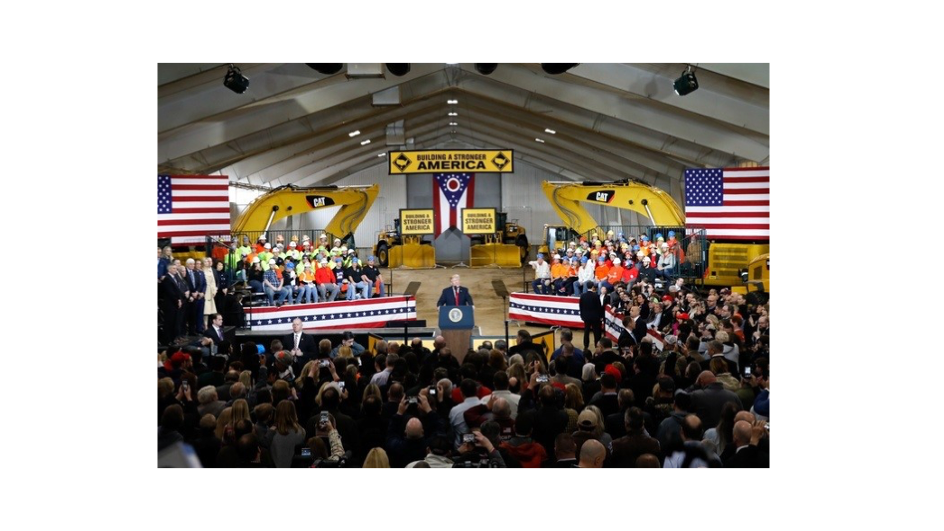- USTR has decided to bring imported bifacial solar panels under Section 201
- Such panels coming into the US will need to pay safeguard tariffs as per the decision
- During the course of its investigation, the USTR found bifacial solar panels are bound to increase in popularity over the coming years and will pose a threat to the business of domestic producers
- It will now request the US Court of International Trade to lift the order that protects bifacial solar panels from Section 201
Imported bifacial solar panels coming into the US will have to pay safeguard tariffs under Section 201, the Donald Trump administration announced on April 17, 2020. The office of the US Trade Representative (USTR) determined that the bifacial solar panel exclusion is ‘undermining the objectives of the safeguard measure’.
“Accordingly, the US trade representative will request that the US Court of International Trade lift the order preliminarily enjoying the withdrawal from entering into effect,” the notice reads. “Withdrawal of the exclusion for bifacial solar panels from application of the safeguard measure will apply to imported panels if the court lifts the preliminary injunction but in no case earlier than May 18, 2020.”
During its investigation on the subject, in March 2020 the USTR figured that in the coming years, bifacial solar panels with their power generation advantages and relative cost competitiveness will gain a larger share of total demand – and in ‘particularly through the price advantage that the bifacial exclusion conferred upon them’. This, it fears, would lead to substantial increases in imports of bifacial panels and these will end up competing with domestically produced solar products, disincentivizing producers from converting their monofacial production to bifacial or opening newer lines.
Story so far
Imported bifacial solar panels have had a bittersweet ride in the US as first the USTR did not include it within Section 201 tariffs. They were excluded from the list of other solar products which were brought under its ambit in February 2019 with 30% tariffs to gradually come down to 15% in February 2022.
Following this, in October 2019, USTR brought bifacial solar modules also under Section 201.
Again in November 2019, Invenergy secured an order from a US Court to pull back safeguard duty imposition on overseas produced bifacial solar panels for the time being.
Now, the USTR has once again brought back the bifacial solar panels under Section 201.
The Solar Energy Industries Association (SEIA) is not too happy with the USTR decision as it believes this will ‘needlessly increase financial burden on America’s energy consumers. Calling it a disappointment, John Smirnow, Vice President of Market Strategy and General Counsel of SEIA, said, “The industry initially sought this exclusion because there is, and will be for the foreseeable future, an acute shortage of domestic panels used in utility-scale solar projects. Throughout this process, the solar industry has sought to find a middle ground solution that addressed this shortage in a way that did not undermine the objectives of the underlying Section 201 safeguard measure.”












